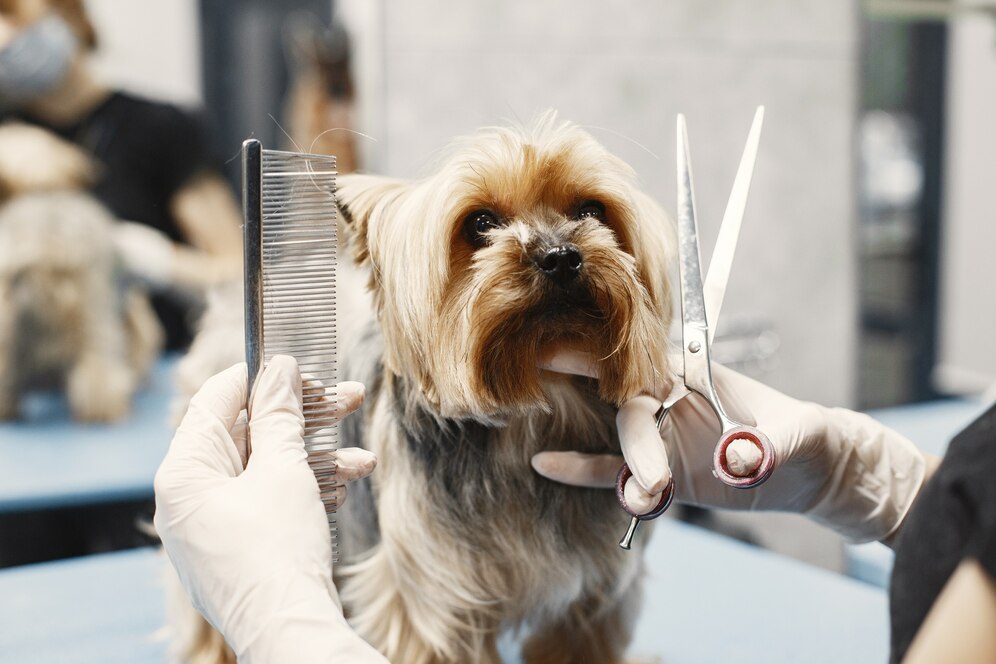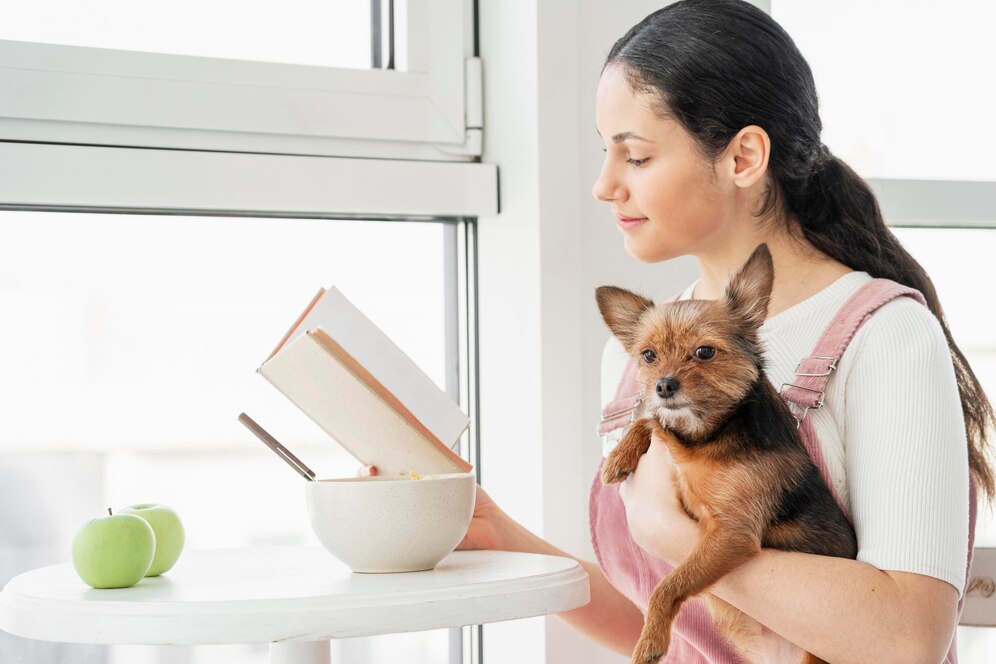Bringing a pet into your home is an exciting and rewarding experience. However, it also comes with responsibilities. As a first-time pet owner, it’s essential to be prepared to provide the best care for your new furry, feathered, or scaled friend. This guide covers ten must-know tips to ensure you start your pet parenting journey on the right foot.
1. Choose the Right Pet for Your Lifestyle
Before you adopt or buy a pet, consider your lifestyle. Do you work long hours? Do you live in an apartment or a house with a yard? Different pets have different needs. For example:
| Pet Type | Ideal For | Needs |
|---|---|---|
| Dogs | Active individuals/families | Daily walks, training, attention |
| Cats | Busy professionals, small spaces | Litter box, toys, climbing space |
| Fish | Low-maintenance seekers | Clean tank, water monitoring |
| Birds | Social, patient owners | Cage care, interaction, diet |
Choosing the right pet ensures a better match and a happier relationship.
2. Research Breed or Species Characteristics
Every breed or species has unique characteristics. For instance, some dog breeds are highly energetic and need lots of exercise, while others are calm and relaxed. Similarly, certain cat breeds are more affectionate, and some birds can live up to 50 years.
Take time to understand your future pet’s behavior, dietary needs, lifespan, and temperament. This research will help you avoid surprises and reduce the chances of rehoming due to mismatched expectations.
3. Pet-Proof Your Home
Just like baby-proofing, pet-proofing your home is vital. Pets are naturally curious and can get into trouble if you’re not careful. Here are a few steps:
- Secure wires and cords
- Remove toxic plants
- Lock away chemicals and medicines
- Use baby gates if necessary
Create a designated area where your pet can feel safe and secure as they adjust to their new environment.
4. Visit a Veterinarian Early
Schedule a vet visit as soon as you bring your pet home. This visit is crucial for:
- Health check-up
- Vaccinations
- Microchipping
- Parasite prevention
Establishing a relationship with a vet early on ensures you have professional guidance on your pet’s health from the beginning.
5. Invest in Quality Food and Nutrition
Not all pet food is created equal. Choose high-quality, age-appropriate food tailored to your pet’s dietary requirements. Look for the following:
- Real meat as the first ingredient
- No artificial preservatives or fillers
- AAFCO (Association of American Feed Control Officials) approval
Also, avoid giving your pet human food, especially toxic items like chocolate, onions, grapes, and caffeine.
6. Establish a Routine
Pets thrive on consistency. Setting a routine helps them feel secure. Your routine should include:
- Feeding times
- Walks or play sessions
- Bathroom breaks
- Training sessions
A predictable schedule makes training easier and helps reduce anxiety in pets, especially those new to your home.
7. Start Training Early
Training your pet from day one sets clear boundaries and improves your bond. For dogs, begin with basic commands like sit, stay, and come. Use positive reinforcement methods such as:
- Treats
- Praise
- Clicker training
Consistency and patience are key. Consider professional training classes if needed. Even cats can benefit from basic training like using the litter box or scratching posts.
8. Prioritize Grooming and Hygiene

Regular grooming keeps your pet healthy and comfortable. Depending on the pet, grooming may include:
| Pet | Grooming Needs |
|---|---|
| Dogs | Brushing, bathing, nail trimming, ear cleaning |
| Cats | Brushing (especially long-haired), dental care |
| Birds | Nail trimming, beak care, cage cleaning |
| Rabbits | Brushing, nail trimming, litter box cleaning |
Also, maintain a clean living environment to prevent infections and promote well-being.
9. Provide Enrichment and Exercise
Bored pets can become destructive or depressed. Mental and physical stimulation is essential for a happy pet. Provide toys, puzzles, and playtime daily. For dogs, this might mean walks, fetch, or agility training. For cats, try climbing trees, feather wands, and laser pointers.
Exercise not only boosts physical health but also reduces behavioral problems.
10. Be Patient and Show Love
The transition into a new home can be overwhelming for pets. They may show fear, shyness, or even misbehavior at first. Patience is essential.
- Allow time for adjustment
- Use gentle discipline
- Show affection regularly
Over time, your pet will bond with you, and you’ll become their trusted companion.
Final Thoughts
Becoming a pet owner is a big commitment, but it’s one of the most rewarding decisions you can make. By following these ten essential tips, you’ll lay a strong foundation for a happy, healthy, and fulfilling life with your pet.
Remember, every pet is unique, and part of the joy is learning and growing together.
Quick Checklist for First-Time Pet Owners
| ✅ | Tip |
|---|---|
| ✔️ | Choose the right pet for your lifestyle |
| ✔️ | Research breed/species characteristics |
| ✔️ | Pet-proof your home |
| ✔️ | Visit the vet early |
| ✔️ | Feed high-quality, appropriate food |
| ✔️ | Create and stick to a routine |
| ✔️ | Start training as early as possible |
| ✔️ | Maintain regular grooming |
| ✔️ | Provide exercise and enrichment |
| ✔️ | Be patient and give lots of love |
